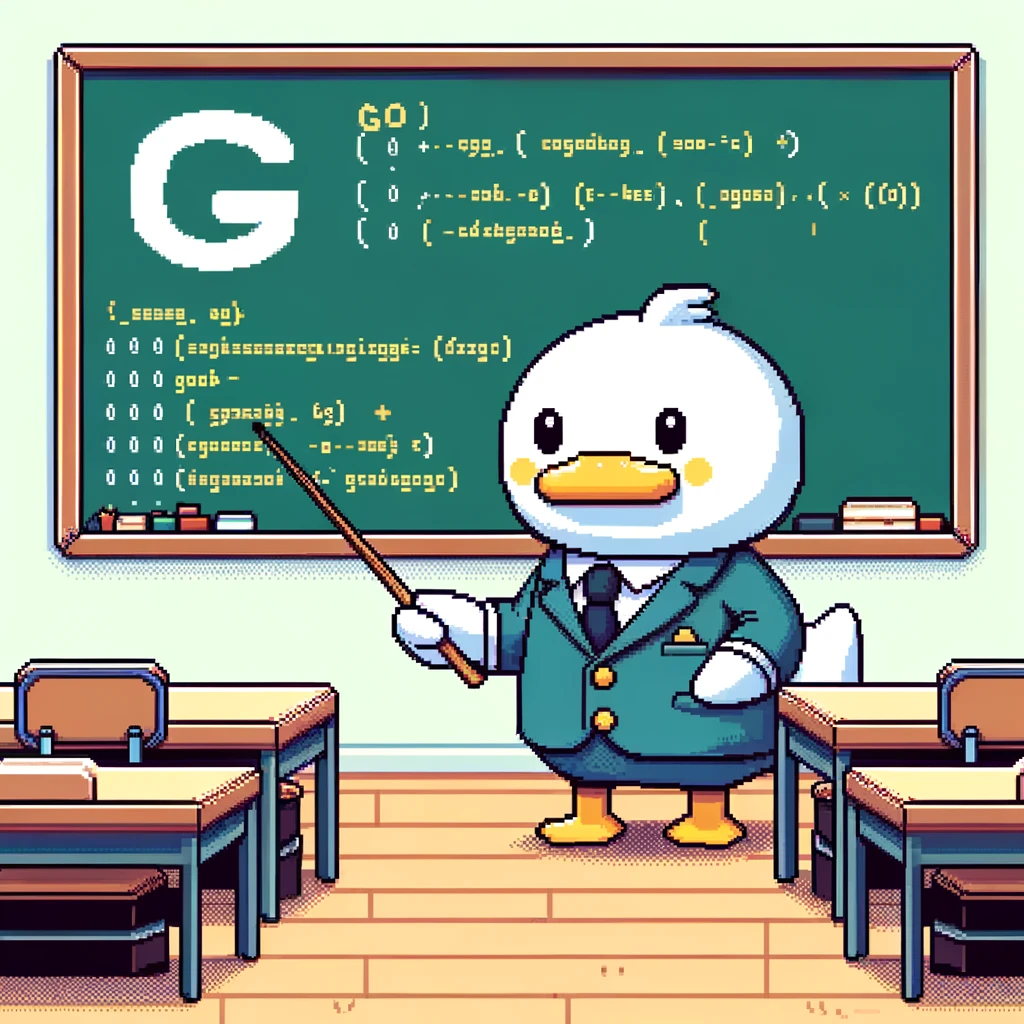Overview
In Go, structs are composite data types used to group together different types of data under a single name. They are similar to classes in object-oriented programming languages. Interfaces, on the other hand, define a set of methods that a type must implement. They allow for polymorphism in Go, enabling different types to be used interchangeably.
Structs
A struct is a user-defined type that groups together zero or more fields of arbitrary types. Here’s an example of a simple struct definition in Go:
1
2
3
4
type Person struct {
Name string
Age int
}
In this example, we define a struct Person with two fields Name and Age of types string and int respectively. Structs can also be nested within each other, allowing for more complex data structures to be created.
Interfaces
An interface in Go is a collection of method signatures that a type can implement. Here’s an example of an interface definition:
1
2
3
4
type Shape interface {
Area() float64
Perimeter() float64
}
In this example, we define an interface Shape with two methods Area() and Perimeter(), both of which return a float64. Any type that implements these two methods implicitly satisfies the Shape interface.
Example: Shapes
Let’s see how structs and interfaces can be used together in a practical example. We’ll define a Circle struct and a Rectangle struct, both of which implement the Shape interface:
1
2
3
4
5
6
7
8
9
10
11
type Circle struct {
Radius float64
}
func (c Circle) Area() float64 {
return math.Pi * c.Radius * c.Radius
}
func (c Circle) Perimeter() float64 {
return 2 * math.Pi * c.Radius
}
1
2
3
4
5
6
7
8
9
10
11
12
type Rectangle struct {
Width float64
Height float64
}
func (r Rectangle) Area() float64 {
return r.Width * r.Height
}
func (r Rectangle) Perimeter() float64 {
return 2 * (r.Width + r.Height)
}
Both Circle and Rectangle structs implement the Shape interface by providing their respective implementations for the Area() and Perimeter() methods.
Conclusion
Structs and interfaces are powerful features in Go that enable the creation of complex data structures and promote code reusability. By using structs to group related data and interfaces to define common behavior, Go allows for flexible and maintainable code. Be sure to leverage these concepts in your Go programs to write more efficient and organized code.
